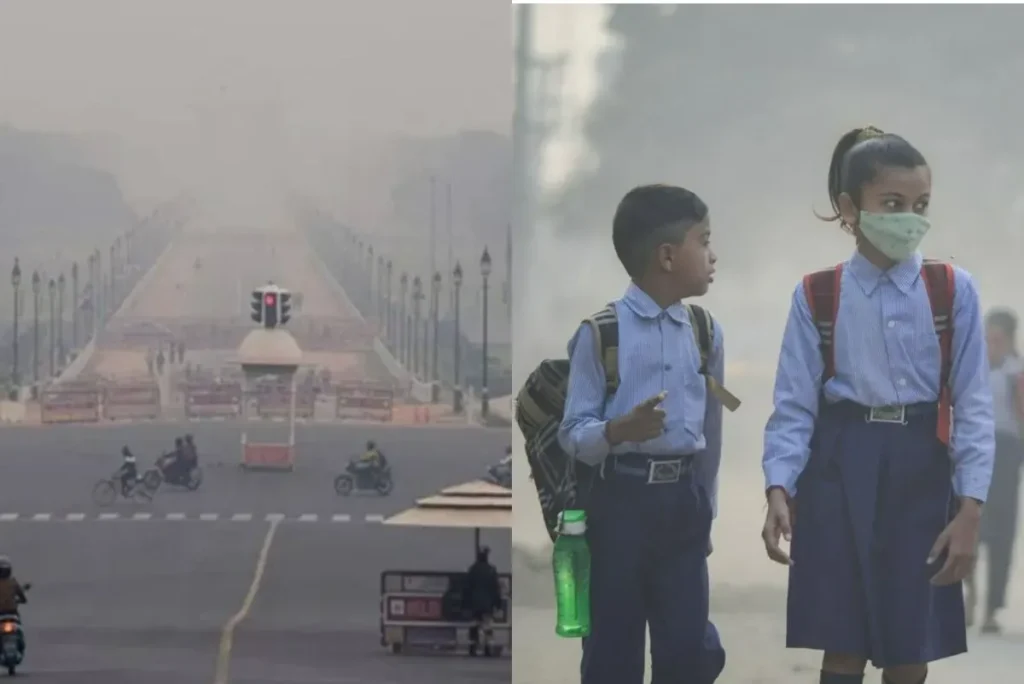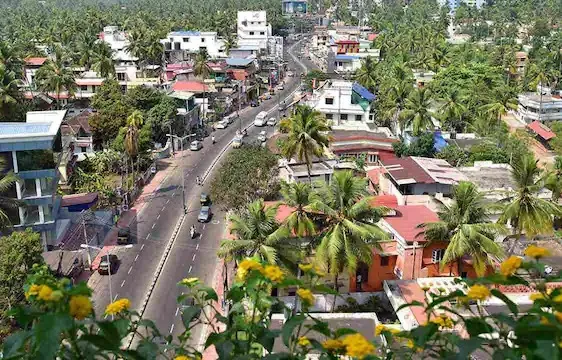India presents a tale of two cities when it comes to air quality. Thiruvananthapuram, Kerala’s state capital, shines as a beacon of environmental success, while New Delhi grapples with hazardous pollution levels.
Kerala’s Breath of Fresh Air
According to the Central Pollution Control Board (CPCB), Thiruvananthapuram boasts an Air Quality Index (AQI) of 66, marking it as one of the least polluted cities in India. This achievement stems from proactive eco-friendly initiatives by the Thiruvananthapuram corporation.

The city’s carbon-neutral mission aims for net-zero emissions by 2035 through programs like carbon credit trading, solar energy adoption, LED lighting, and the introduction of electric buses. Unlike many cities, Thiruvananthapuram has avoided cutting down trees for urban projects and has strategically placed industrial hubs on the outskirts. The city recently collaborated with WRI-India to promote sustainable construction and reduce emissions in the building sector.
“Urbanization with a green focus is the key to our success,” said S. Jahangir, the city’s corporation secretary. Experts also attribute Thiruvananthapuram’s clean air to periodic rainfall, low traffic congestion, and limited industrialization.
Delhi’s Alarming Air Crisis
In stark contrast, New Delhi’s AQI reached a hazardous 424, plunging the city into an environmental emergency. Residents face severe health risks, with air quality labeled “hazardous” for vulnerable groups like children and the elderly. Smog has disrupted daily life, causing flight delays, train cancellations, and low visibility.

To address the crisis, the Delhi government has enforced Stage 4 of the Graded Response Action Plan (GRAP-IV). This includes halting construction activities, restricting truck entries, and shifting schools to online learning. Government offices have implemented work-from-home policies to reduce traffic emissions.
Despite these measures, the situation remains dire, with toxic foam reported in the Yamuna River and AQI levels in many areas surpassing 450.
The Path Forward
Thiruvananthapuram demonstrates how sustainable urban planning can result in cleaner air, while Delhi’s crisis underscores the need for immediate and long-term solutions. Experts urge stricter pollution controls, investment in green infrastructure, and a shift towards eco-friendly policies nationwide to address India’s air quality challenges.

These contrasting realities highlight the urgent need for collective action to ensure cleaner air across the country.
